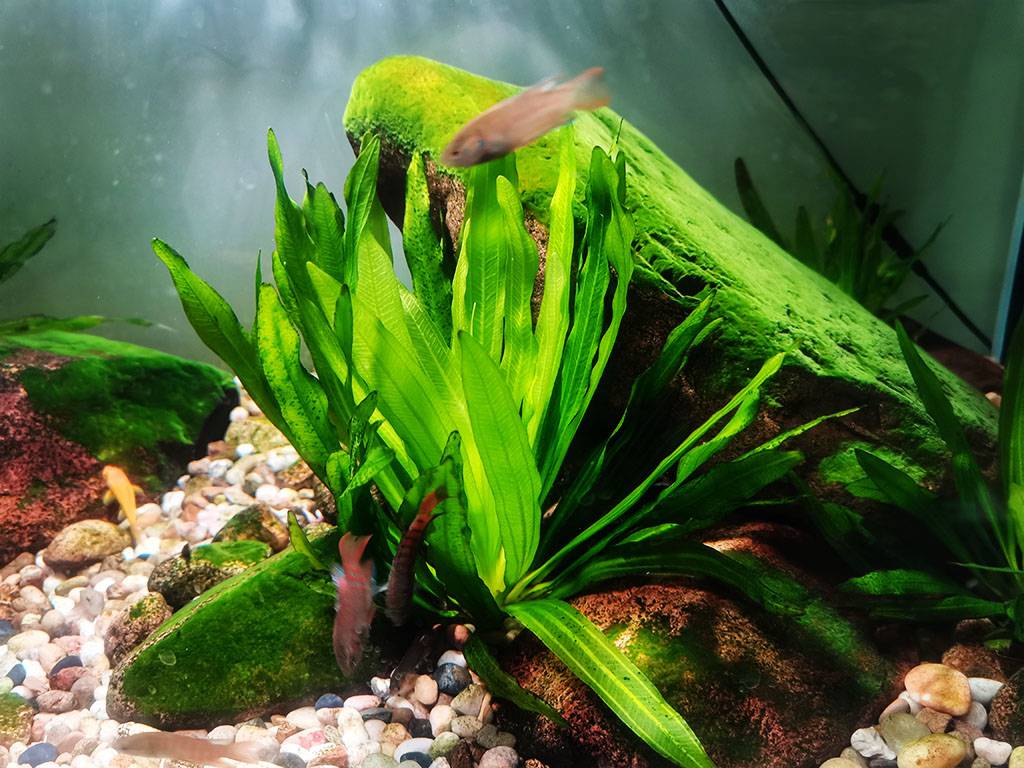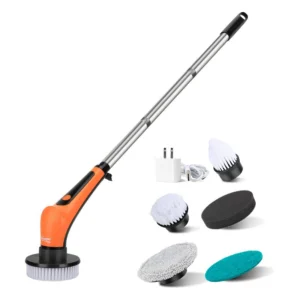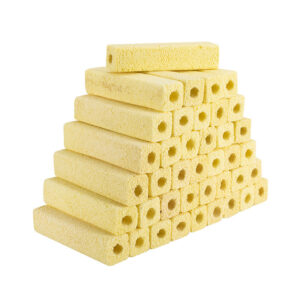Sooner or later, fish hobbyists will encounter Algae growth. Some algae growth is normal and healthy, some people even use algae as background to achieve the natural look of an aquarium. However, excess algae growth is in most cases not so pleasant and can be harmful to both fish and plants.
Content Table
There are many different types of algae, like brown algae, green algae, red algae, and more. They can grow almost anywhere in your aquarium. You need to identify what are the causes of algae overgrowth and the ways to deal with different kinds of algae overgrowth is different from one to. Below are the useful tips for you to battle with them.
The reasons for algae overgrowth and the ways to tackle it like any plant life, water, light, and nutrients are the main causes of algae overgrowth. Please make sure any of these factors mentioned above will not be too much and thus result in algae overgrowth. Your aquarium cannot do without water, but the amount of light and nutrients are both controllable in the water. Some common reasons for algae overgrowth and the ways to tackle it are:
Too Much Unwanted Nutrient in the Water
- Buy a water test kit: You should buy phosphate-removing chemicals available at your aquarium store if it is high in phosphate, or replace it with another water source, such as filtered water. Also, it is always a good idea to test for nitrate, as some water sources have high nitrate levels.
- Clean the algae: Once you spot any sign of algae growth on the glass, rocks, or other hard surfaces of the tank, get rid of it right away. Rub the glass, remove rocks, and scrub them. Vacuum the gravel when you perform water changes.
- Keep live plants: Live plants will not only help fish hobbyists achieve the natural look, but they will also use nitrate as their nutrients to grow leaves. Always control the nutrient level in the water.
- Keep algae-eating fish: Keeping Siamese flying fox, otocinclus, plecostomus, or other algae-eating fish will help reduce some of the algae in the tank.

Too much lighting
Reduce lighting: You should consult with the fish store where you purchase the aquatic plants, and how many hours of lighting are needed for you to grow the plants. The intensity of the majority of Hygger lights can be changed.
Please make sure it is too strong to grow the algae instead of the plants and is not on more than about eight to ten hours each day (in a lot of cases, the required lighting is even shorter than that of eight hours). A lot of hygger lights are integrated with a timer to turn the lights on and off each day to avoid an algae crisis.
Aquarium in a Location with Direct Sunlight
Avoid putting the tank in a place where there is direct sunlight. Sunlight can, and will, promote algae growth.
Feeding too much
Feed less: The majority of owners tend to feed too much food to their fish, which increases the phosphate levels in the water. Feed a small amount of food and watch the fish eat. If your fish cannot finish the food within 5 minutes, then you feed too much. Remember to remove any leftovers right away. If you feed the fish three times a day, please make sure the total feeding time does not surpass 5 minutes.
Didn’t change the water often
The undoubtedly most effective way to avoid algae is to change water regularly, especially to get rid of those green algae that are suspended in the water. Change 10 to 15 percent of your aquarium water every week to keep the nutrient level in a safer amount. This will get rid of nitrate, one of the main fertilizers for plants, to build up in the fish tank.


Leave a comment